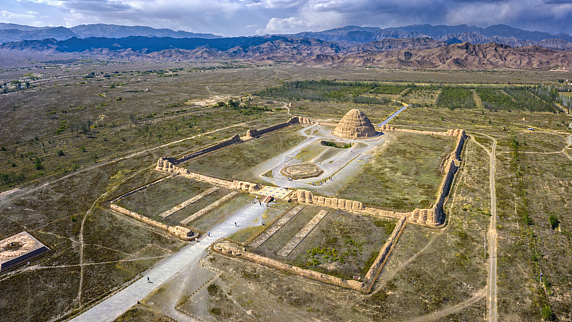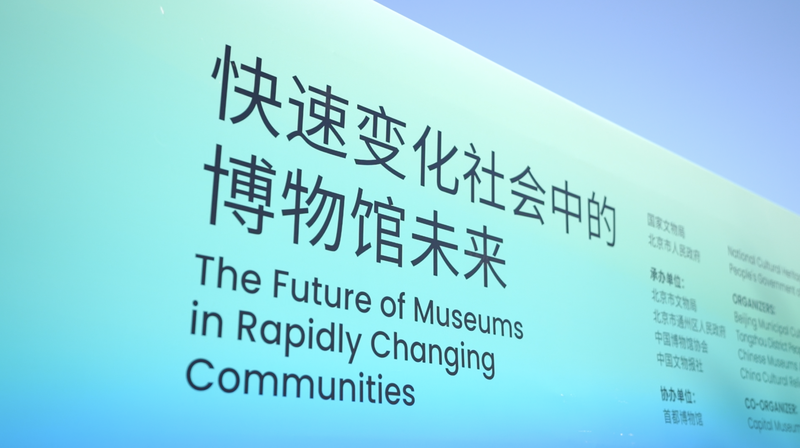Imagine walking into a museum where ancient relics literally leap out of their cases to tell their stories. 🗣️ That’s the reality in China today, where digital innovation is turning dusty artifacts into interactive stars—and visitors are flocking in record numbers.
From Static Glass to Holographic Magic
At the Xixia imperial mausoleums in Ningxia, a green-glazed Kalavinka statue—a mythical half-human, half-bird figure from the 11th century—now greets guests with a 3D hologram. Visitors like Zhu from Hangzhou rave: "I can zoom in on carvings I’d never see with the naked eye. It’s like time travel!" 🕰️ Gesture-controlled displays let users rotate and dissect digital replicas, revealing hidden details of China’s cultural treasures.
AI Archaeologists & AR Time Machines
China’s 2021 cultural digitization push under the 14th Five-Year Plan has supercharged preservation efforts. At Sanxingdui Ruins in Sichuan, AI algorithms scanned thousands of Bronze Age fragments to reconstruct a kneeling statue—a puzzle humans couldn’t solve alone. 🤖 Meanwhile, Xinjiang’s Ya’er Lake Grottoes reopened with AR glasses that resurrect faded Buddhist murals to their original vibrancy. "Tech lets us preserve relics and share them," says conservation head Wang Jiandong.
Museum Mania Breaks Records
The result? A cultural boom. Over 60 million people visited Chinese museums during May’s holiday week—a historic high. 🚀 "This isn’t just about tech—it’s about society valuing its roots," notes Chinese Museums Association chair Liu Shuguang. From holograms to AI restorations, China’s past has never felt more alive—or more viral. 📲
Reference(s):
Digital Innovation Reshapes China's Museums into Interactive Heritage Hubs
gmw.cn








